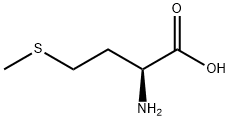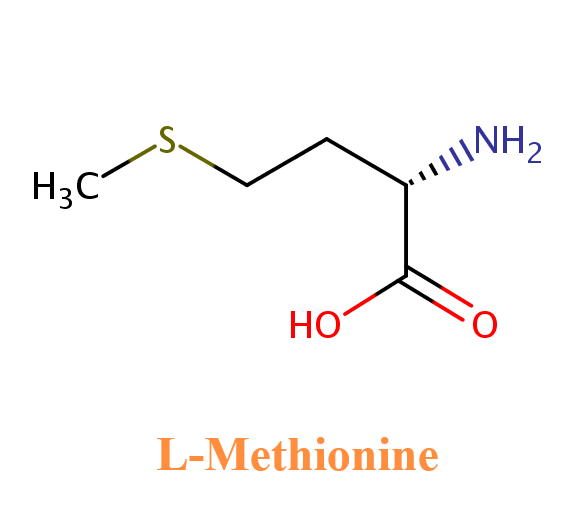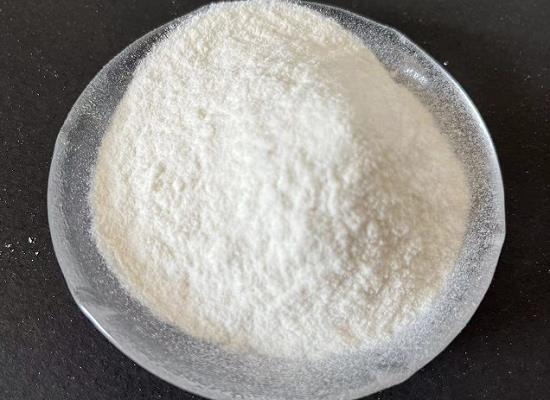Methionine, L-methionine, and d- methionine
Methionine
Methionine is an essential amino acid in meat, fish, and dairy products. The body cannot make this substance, so it must be consumed in the diet. It plays a vital role in the many functions within the body. It is essential for many functions in the body, including building new proteins, making DNA, and average tissue growth and repair.
Structure
Like all amino acids, methionine contains a central carbon atom with four groups branching out from it. For methionine, these four groups include a carboxyl group (COOH), an amine group (NH2), a hydrogen atom (H), and an R group (C3SH7 for methionine). There are two types of methionine: L-methionine (naturally occurring and usually found in supplements) and D-methionine. Each contains the same chemical makeup, but the molecules are mirror images. A mixture of the two is called DL-methionine. D-methionine and L-methionine differ in the three-dimensional structure formed by the groups around the central carbon. In particular, animals can only convert the L-methionine into protein.

L-methionine
L-methionine is the L-enantiomer of the amino acid methionine. Usually, L-methionine is the compound people call “methionine.” We can find this amino acid in some foods, such as meat, fish, and dairy products. This amino acid is essential in the growth of new blood vessels. Also, it is essential for tissue repair. Besides, it is a sulfur-containing amino acid and is involved in many detoxifying processes in our body, i.e., it protects cells from pollutants.
The effectiveness of these amino acids
Adding methionine in appropriate amounts to foods might be expected to improve protein value. Economically, DL-methionine would be preferable to L-methionine for this purpose. Kiesto et al. compare the effectiveness of L-, DL-, and D-methionine supplementation of diets based on a food product low in methionine value for human subjects[1]. The utilization of D-methionine and, hence, DL-methionine by humans is less efficient than that of L-methionine based on the measurement of urinary excretion of methionine. This is supported by the evidence that L-methionine supplementation results in improved nitrogen retention, while no effect is noted as the result of D-methionine supplementation.
References
[1] Kies Constance, Aprahamian Simon, Fox Hazel. “Comparative Value of L-, DL-, and D-Methionine Supplementation of an Oat-based Diet for Humans.” Journal of Nutrition 105 7 (1975): Pages 809-814.
You may like
Related articles And Qustion
Lastest Price from L-Methionine manufacturers

US $0.00-0.00/kgs2025-06-19
- CAS:
- 63-68-3
- Min. Order:
- 25kgs
- Purity:
- ≥99.0%
- Supply Ability:
- 100 tons

US $0.00-0.00/Kg/Drum2025-04-21
- CAS:
- 63-68-3
- Min. Order:
- 1KG
- Purity:
- 98.5%-101.5%
- Supply Ability:
- 10 TONS





